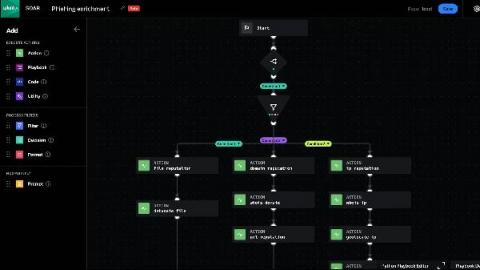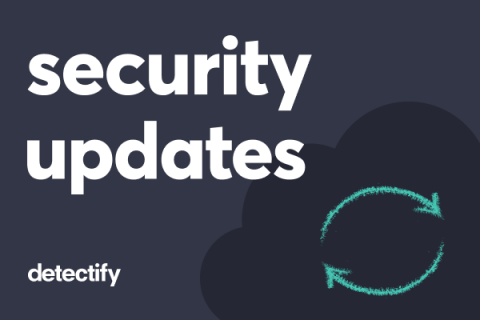Splunk SOAR: Anyone Can Automate
If you haven’t heard the news, Splunk Phantom is now Splunk SOAR – available both on-prem and in the cloud. What does this mean to you? You can deploy SOAR in the way that best supports your business needs. No matter what deployment you choose, you can automate from anywhere, and truly “SOAR your own way!” Hot on the heels of our cloud release is another exciting announcement: Splunk SOAR’s new Visual Playbook Editor.










